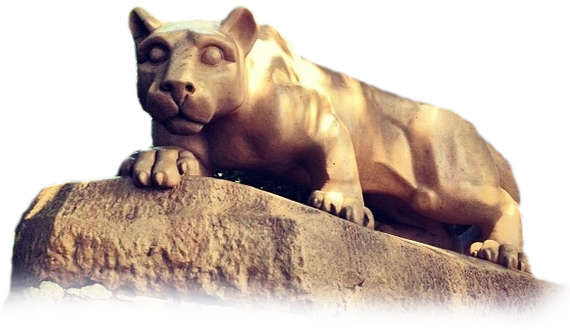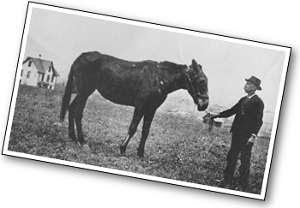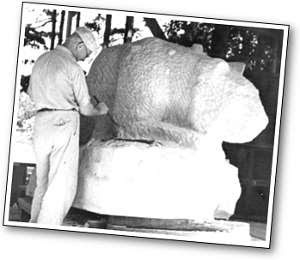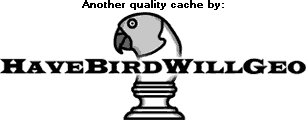

You have found your next adventure! Thank you for joining us for the “Visit Centre County” GeoTour as we show you some of our most favorite caching locations to include state parks, beautiful vistas, and historical points of interest! Our team of GeoTour planners have worked very hard to put together various cache types to keep the GeoTour interesting and challenging; however, no geocache should be beyond a 3/3.5 for terrain and/or difficulty! We are pleased to show you around our County and hope that you will enjoy the GeoTour and complete your passport to collect your custom GeoTour Geocoin (there is a minimum number of caches required to receive coin)!
If you will be caching with some young ‘uns, we have a Jr. Geocaching Passport available for children, 12 yrs. and under, with a special prize for their hard work too! Caches will be marked as “family-friendly” and should correlate to the Jr. Geocaching Passport.
Download your “Visit Centre County” GeoTour passport and/or your Jr. Geocaching Passport or pick-up paper copies at the following coordinates: N 40° 48.879; W 077° 51.274 (Happy Valley Adventure Bureau). You’ll return your passport to the Happy Valley Adventure Bureau when complete and collect your prize if you meet the minimum requirements!
The “Visit Centre County” GeoTour is brought to you by Centre Region Parks and Recreation, the Happy Valley Adventure Bureau, and Groundspeak, Inc. We are pleased that you’ll be joining us in Happy Valley soon! Bring on the Adventures!

The coordinates take you to a well known monument on the Penn State University in State College. In fact, it's said to be the most photographed spot on campus. It is, of course, the Nittany Lion Shrine - an obligatory visit for anyone who finds themselves in the town of State College.
Parking:
There's a small parking log beside the shrine with a Multi-Space Pay Station and handicap parking. If you're lucky, free street parking can be found along East Park Avenue or at the Nittany Lion Inn. A nearby parking garage is the Nittany Parking Deck.
Logging Requirments:
Please read over and follow the directions below. Failure to do so may result in deletion of your log without notice! Contact me through the Geocaching Message Center with your answers to the following questions AND don't forget to post the obligatory photo with your log. (12/05/2019) ALL geocachers must send in answers and post a photo with log!
History:
 |
|
Interestingly, Penn State's original mascot was a mule! In 1857 "Old Coaly" hauled limestone blocks in the construction of the first college building, Old Main. Afterwards, the school bought the mule for $190 to do odd jobs. Students took a liking to Old Coaly and he became the school's unofficial mascot for the next 30 years. His skeleton is on display in the HUB-Robeson Center.
|
The Nittany Lion has its humble beginnings as far back as 1904, when the Penn State baseball team visited New Jersey to play the Princeton Tigers. Princeton fans taunted the Penn State players, who had no mascot, claiming Penn State would be no match against the fierce Bengal tigers. PSU's third baseman Harrison D. "Joe" Mason, being quick on his feet, responded “Well, up at Penn State we have Mount Nittany right on our campus, where rules the Nittany Mountain Lion, who has never been beaten in a fair fight!" Despite the fact that mountain lions have been extinct since 1874 in Pennsylvania, Penn State won the game that day.
Mason's encounter was mostly forgotten until 1907 when two stone pillars from the St. Louis Exposition, topped with statues of African lions, were erected as the university's entrance way. These sculptures were the first tangible lion symbols on campus and were affectionaly dubbed “Ma” and “Pa” by the students who walked past them daily. That year Mason, now a senior, wrote in the college paper that the university needed a mascot and "why not Select for ours, The King of Beasts,--The Lion... why not 'The Nittany Mountain Lion?'" The idea of a Nittany Lion was soon universally accepted as an engrained part of the community by students, faculty, and townspeople. Although there was never an official vote, Penn State had its mascot.

In the early years, confusion over the Nittany Lion's ancestry was common. In fact, when a costumed mascot first appeared at sporting events in the early 1920's it was of African heritage... full mane and all. Richard Hoffman, Class of 1923, was the "man-in-the-suit" since he played the part of the lion in the Penn State Players' production of "Androcles and the Lion." Hoffman crawled on all fours and was said to have given a convincing roar since his voice was so deep. Confusion over the lion's appearance continued until 1942 when the symbol of a mountain lion was permanently chiseled in stone.

During the late 1930's there was talk on campus that a place was needed to hold rallies, victory celebrations and bonfires. The instigators, belonging to the Class of 1940, launched a campaign and raised a total of $5,430 for a "lion shrine" as the class gift to the university (the word "shrine" is the GeoTour code word). A thirteen-ton block of Indiana limestone was dropped near Rec Hall on campus and Sculptor Heinz Warneke started chipping away at it in 1942. Instead of an African lion, Warneke chose to shape a Pennsylvanian mountain lion. He may have used, as a model, a Susquehanna County lion shot in 1656 and on display in Old Main at the time. In fact, that stuffed lion arrived on campus near the turn of the century and perhaps inspired Joe Mason to coin "Nittany Lion" in the first place.
The finished statue was unveiled during homecoming on October 24, 1942 and continues to stand where it was placed. Since then it and its image have grown synonymous with the university. Historically speaking, few college icons are as traditional as the Nittany Lion.
Virtual Reward - 2017/2018
This Virtual Cache is part of a limited release of Virtuals created between August 24, 2017 and August 24, 2018. Only 4,000 cache owners were given the opportunity to hide a Virtual Cache. Learn more about Virtual Rewards on the Geocaching Blog.
